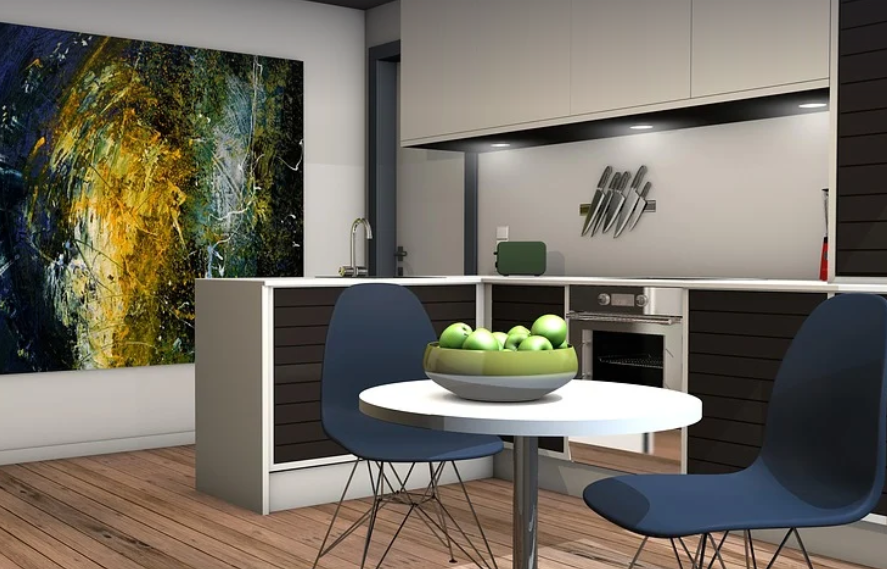
Interior Design: Level Up Your Home Game With Lesson Plans
Master the Art of Creating Cozy Spaces
Who doesn’t love a beautifully designed home? It’s not just about aesthetics – it’s about creating a space that speaks to you, reflects your style, and provides comfort. Whether you’re a seasoned interior designer or just starting out, taking on the challenge of designing your own space can be both rewarding and fun. The key is knowing where to start and having a clear roadmap for your journey.
Crafting an interior design lesson plan isn’t about memorizing formulas or rules; it’s about understanding the core principles that can guide you towards a successful result. Think of it as a personalized blueprint, tailored to your specific needs, desires, and budget. It allows you to step back from the overwhelming task of designing a space and gives you a framework for tackling each area, one step at a time.
Building Your Interior Design Foundation:
The first step in planning your interior design adventure is to lay down the groundwork with essential elements. For starters, consider these key building blocks:
- Space Exploration: Get a feel for your space – its layout, natural light, and existing features. Are you working on an entire room or just one specific area? How will the flow work? What’s your vision for the space?
- Inspiration Board: This is where creativity comes alive! Collect images, colors, textures, and patterns that inspire you. This can be anything from magazines to online platforms like Pinterest or Instagram.
- Color Palette: Choose a color palette as the core of your design. Explore different shades, hues, and tones. Consider using online tools or consulting with a color expert if necessary.
- Style & Theme: Defining your style is crucial! Do you lean towards modern minimalism, cozy bohemian, or classic elegance? What story do you want to tell through the design of your space?
- Budget Considerations: Setting a realistic budget is essential. Determine what’s negotiable and prioritize your spending based on your needs.
Diving Deeper: Specific Design Areas
Once you have these fundamentals in place, the real fun begins! Focus on specific design areas to create a cohesive and functional space.
**1. Room Layout & Flow:** How will furniture be arranged? Consider traffic flow, natural light, and focal points within the room. Use floor plans or sketching tools to visualize the layout.
**2. Furnishing & Functionality: Choose pieces that suit your style and functionality needs. Be sure to consider all aspects like seating comfort, storage options, and how each piece will interact with others. Think about how you’ll use your space!
**3. Lighting:** Lighting is a game-changer! Use different types of lighting (ambient, task, accent) for various purposes throughout the room to create ambiance and highlight specific features.
**4. Textiles & Patterns:** Add texture and visual interest through fabrics like rugs, curtains, throws, and pillows. Use contrasting textures and patterns strategically to add depth and personality.
Embracing Your Personal Touch
Now comes the exciting part – injecting your unique flair into the design! This is where you translate your inspiration board, color palette, and style preferences into a tangible reality.
**1. Moodboard Mastery:** Create a moodboard that showcases the essence of your design vision, bringing life to your ideas through visual representations. Use images, textures, colors, and words that reflect your desired ambiance.
**2. Color Therapy: Use color strategically for psychological impact. Consider how different hues influence your emotions and choose a palette that reflects who you are at heart.
**3. Storytelling through Decor:** Don’t be afraid to personalize! Incorporate meaningful objects, artwork, or family heirlooms that hold special sentimental value. Each piece tells a story about you and adds depth to your space.
Resources for Interior Design Inspiration
There are endless resources available today, making it easier than ever to gather inspiration and learn new design techniques. Explore these valuable sources:
- Magazines & Online Blogs: Architectural Digest, Elle Decor, Veranda, Apartment Therapy
- Design Social Media: Join interior design communities on Instagram or Pinterest for a constant stream of fresh inspiration.
- Online Courses & Workshops: Gain valuable insights from expert designers through online courses and workshops available on platforms like Skillshare, Udemy, and Masterclass.
Remember to Start Small!
Don’t feel overwhelmed by the enormity of designing a whole home. You can start with small projects like redecorating a single room or adding a new piece of furniture. Set achievable goals, celebrate your progress, and enjoy the journey of transforming your space into a reflection of your unique style.